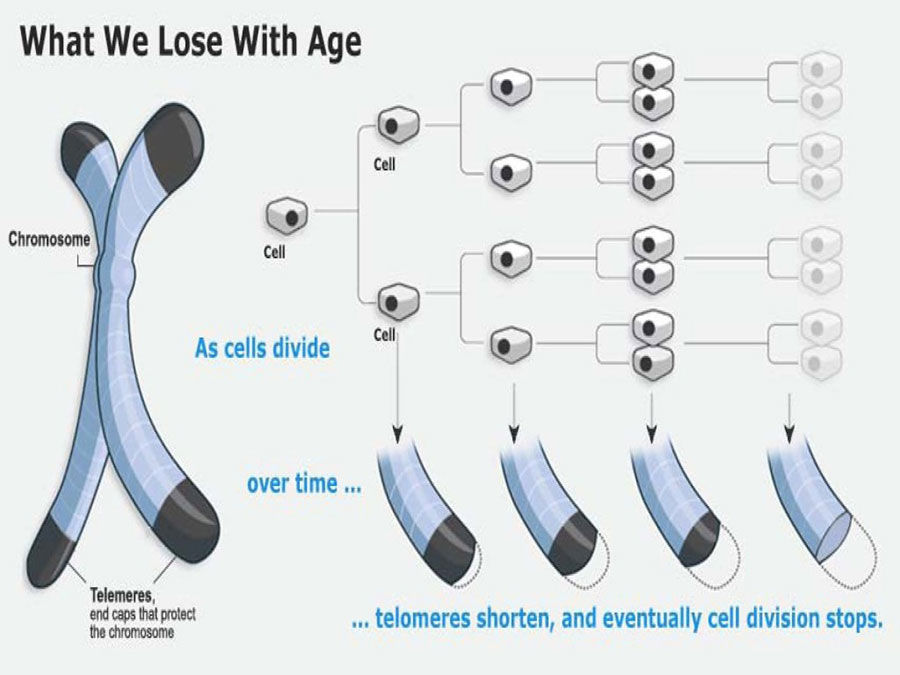A new study found that sitting for more than 10 hours a day accelerate cells’ aging. The study was specifically made for senior women between 64 and 95. The most sedentary women had cells that were biologically older by eight years, compared with the ones who made a little bit more exercise.
Researchers from the University of California San Diego School of Medicine studied 1500 women. They completed questionnaires and kept track of their activity during seven days. The scientists say that 30 minutes of exercise a day can stop the cells from aging faster than chronological aging.

“Our study found cells age faster with a sedentary lifestyle. Chronological age doesn’t always match biological age,” said Aladdin Shadyab, Ph.D., lead author of the study with the Department of Family Medicine and Public Health at UC San Diego School of Medicine.
Telomere are shorter in sedentary women
In the research made by scientists at the University of California, 1500 women participated, with ages going from 64 to 95. They are all part of the Women’s Health Initiative (WHI), a national, longitudinal study investigating the determinants of chronic diseases in postmenopausal women.
The participants had to complete questionnaires. They wore an accelerometer on their right hip during all day during seven consecutive days to track their movements during the day and the night. The scientists’ objective was to measure objectively how a sedentary life and exercise can impact in the aging biometer. They say that chronological age doesn’t always match the biological age.
They found that women who sit more than 10 hours a day and do less than 40 minutes of physical activity a day can accelerate the aging of their cells by eight years. This occurs because when women are sedentary their telomeres – which are tiny caps found at the end of the DNA strands that look like the plastic tips of shoelaces – shorten and fray.
Telomeres are important because they protect the chromosomes from deteriorating. The telomeres progressively shrink with age. Therefore their length can serve to indicate the biological age of a person, not the chronological one.
The study was published online in the American Journal of Epidemiology on January 18th.

Exercise and healthy lifestyle have to start at a young age
Scientists say that other lifestyle factors such as smoking and obesity might accelerate the process as a sedentary life does. Smaller telomeres are linked with cardiovascular disease, diabetes, and major cancers. They also said that women should be more active when they are young, and continue a healthy lifestyle in old age too.
“We found that women who sat longer did not have shorter telomere length if they exercised for at least 30 minutes a day, the national recommended guideline,” said Dr. Aladdin Shadyab. “Discussions about the benefits of exercise should start when we are young, and physical activity should continue to be part of our daily lives as we get older, even at 80 years old.”
Dr. Shadyad said that people should try to do at least 30 minutes of exercise every day. Adults aged 65 or older should try to do at least 150minutes of moderate aerobic activity, such as walking every week or strength exercises two days a week or more, working the major muscles such as legs, back, and abdomen. They want to make the same study in younger people and men.
Source: BBC
